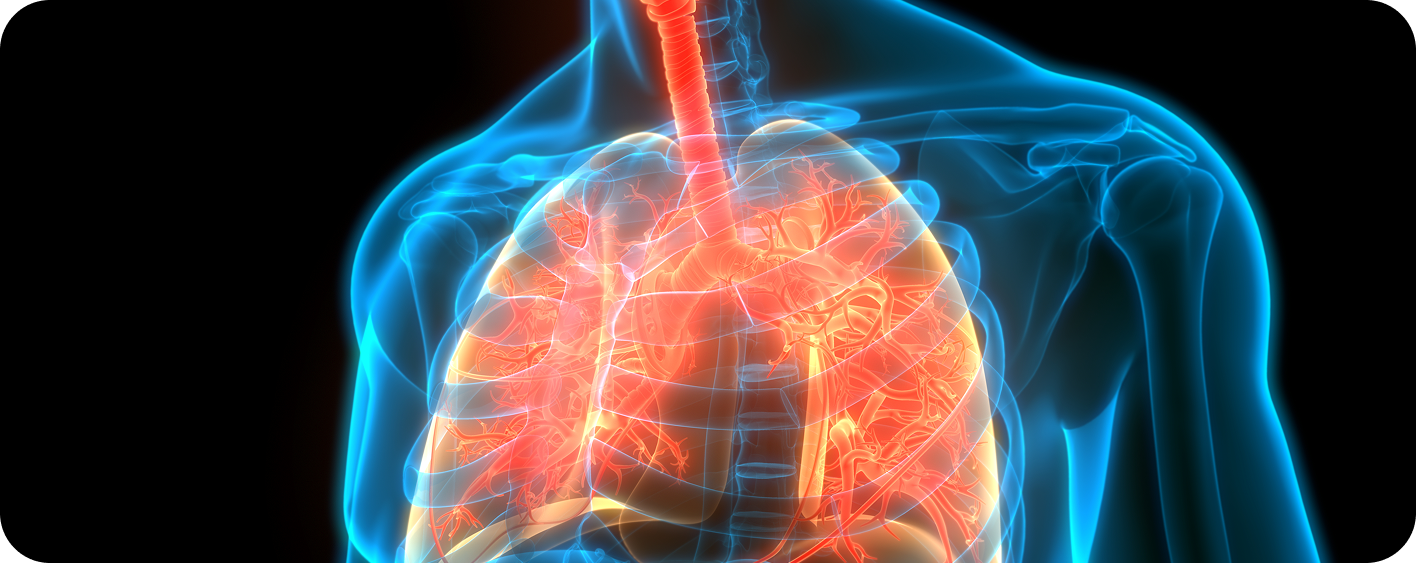Gamma scintigraphy is useful in mucociliary clearance (MCC) studies because it enables direct, quantitative, and non-invasive measurement of how efficiently the lungs clear inhaled particles over time. Here’s why it is valuable: Direct Measurement of Clearance Rates: By administering a radiolabeled aerosol to the lungs and capturing sequential gamma camera images, researchers can precisely quantify how much of the inhaled material is removed from the airways at different time points, providing a clear measurement of MCC rate. Assessment of Therapeutic Interventions: Gamma scintigraphy can demonstrate whether new treatments or devices (such as therapies for cystic fibrosis, COPD, or new inhaler propellants) improve, impair, or have no effect on mucociliary clearance—critical for both efficacy and safety evaluations. MHRA and EU indicate need for MCC for new propellants. Standardization and Comparability: The method is well-standardized and widely regarded as the gold standard for MCC assessment, making it possible to compare interventions or track changes in disease states with high reliability. Non-Invasive and Repeatable: The technique is non-invasive, uses relatively low radiation doses, and can be repeated in the same subjects to assess changes over time or in crossover study designs.Mucociliary Clearance Studies
Mucociliary Clearance Studies

